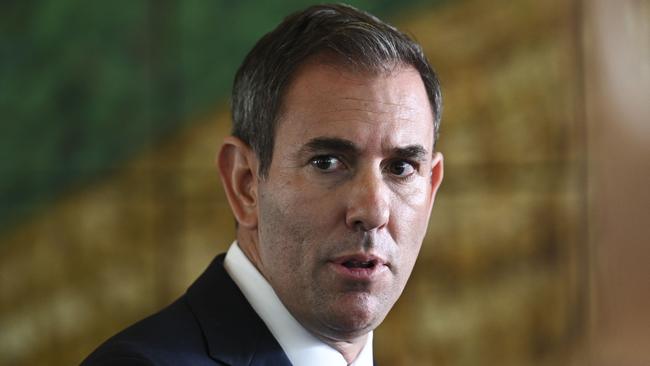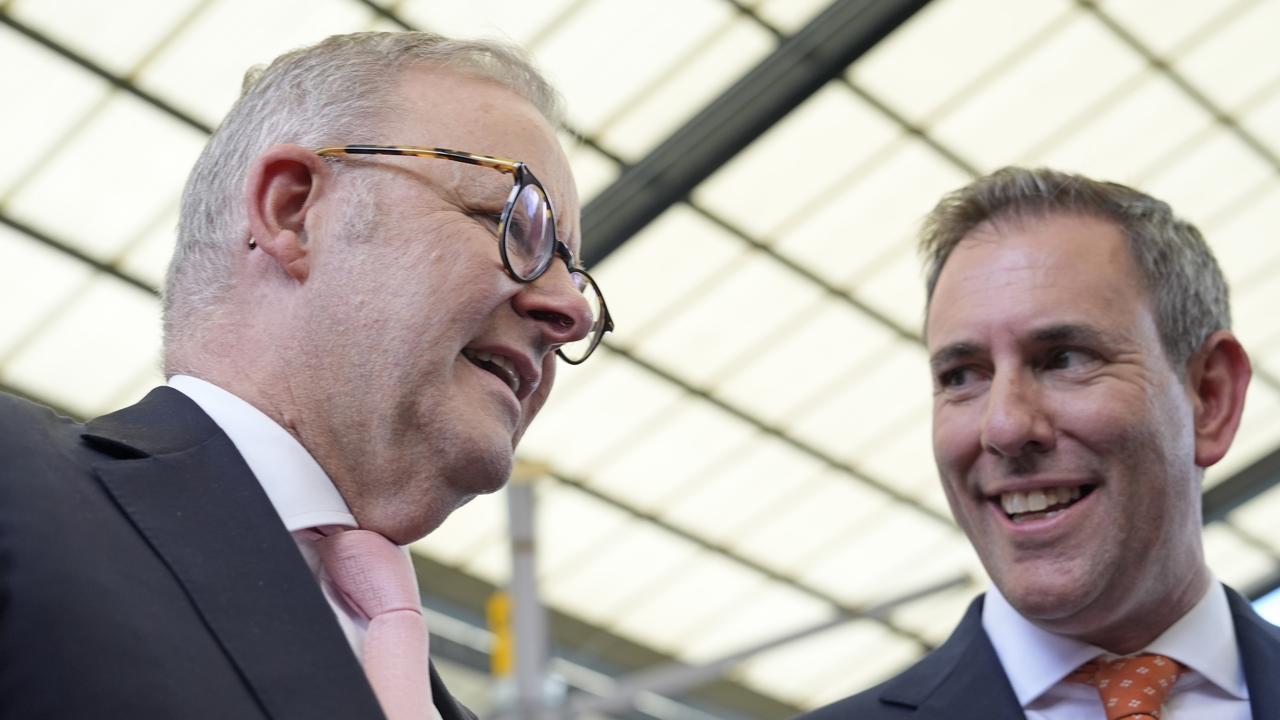
Various options are sent up and the reactions from the public, as filtered through the media, are assessed.
Come the actual budget, most of the key decisions have been leaked and those of us who have to endure the lock-up process are left wondering what to write about.
There have been fewer kites flown this year than usual, which may be an indication of the ongoing doubts that Jim Chalmers, holds about the stance the budget should be taking.
With inflation an ongoing problem and now largely caused by domestic sources, the appropriate stance should be contractionary. In other words, the budget should not be making any additional demands on the economy; indeed, it should be withdrawing any stimulus.
The politics of the situation point to the reverse: crank up the spending, give in to the pleadings of the many vested interest groups and try to argue that global economic conditions are worsening, so that it’s not a good time to be cutting back.
In the Treasurer’s own words delivered at the Lowy Institute, “there is some welcome resilience in the global economy, but we still face a perilous outlook, fraught and fragile. Inflation is moderating but lingering … A soft landing is assumed but not assured. These are the key contemporary factors influencing the coming budget.”
Let me make one point before I consider the direction Chalmers is likely to take in the budget. Both he and a number of senior ministers are under the completely false impression that cost-of-living measures can be anti-inflationary because they reduce the observed changes to the CPI.
Indeed, Chalmers even put a figure on the impact of the energy rebates implemented in last year’s budget – a reduction in the CPI of just over 50 basis points.
But here’s the rub: these measures do not reduce the real rate of inflation and they are stimulatory by releasing funds for people to spend on other things.
Moreover, the Reserve Bank uses the trimmed mean, as well as looking through these measures, to assess the case for changing the cash rate.
Any further budget cost-of-living measures are likely to delay any reduction to the cash rate, probably until next year at the earliest.
It’s odds on to a dollar that the energy rebates will be extended in the coming budget; there are likely to be other cost-of-living measures.
It’s all about short-term politics, not economics.
So which way will Chalmers swing at budget time? Will he do the economically responsible thing and attempt to rein in spending?
Or will he use some faux rationales to keep his foot on the spending accelerator, like the link between economic resilience and national security or dealing with a “changing and churning global economy”.
It’s likely that there will be a surplus recorded in this year’s budget, following the surplus of $22bn recorded last financial year.
But here’s the thing: this outcome has nothing to do with the spending side of the ledger and everything to do with the revenue side.
The combination of continuing high commodity prices – prices that are much higher than those estimated by Treasury – and an almost obscene rise in income tax revenue explain why our budget is in the black.
As the OECD has observed, there was a 7.6 per cent increase in average tax rates in Australia last year, the highest of all the economies and double our nearest rival of New Zealand.
The modified stage three tax cuts will return only some of the additional tax take.
It’s also worth making the point here that Chalmers has not been able to make any meaningful impression on spending since taking office.
In 2023-24, government spending is assumed to be 25.7 per cent of GDP. In 2026-27, it is assumed to be 25.8 per cent. Bear in mind that pre-Covid, government spending was 24.5 per cent.
The fastest growing spending items in the federal budget are now interest and the NDIS.
Chalmers is going out of his way to defend the unorthodox Future Made in Australia policies which, on the face of it, is a difficult thing to do given his primary responsibility of prudent budget management.
Simply by funding something off-budget doesn’t remove it from the government’s balance sheet or eliminate its impact on demand.
It’s very hard to justify the timing of the policy, let alone the policy itself, but Chalmers maintains that because so many countries are involved in active industry policy, we have to join in, albeit not at the same scale.
In point of fact, it could well be an opportunity for Australia to take advantage of some of the subsidies being paid by friendly countries by buying their cheaper goods and to use the proceeds to achieve a competitive setting for all businesses in which to invest.
A small open economy like Australia can never compete in this game; we are better not to try.
Chalmers mistakenly believes that Australia has some competitive advantage in the net zero transformation, a transformation that is being very unevenly signed up to around the world.
He clearly thinks that by setting down criteria for the massive grants on offer, the policy will be effective.
They are as follows: “first, is the industry one where we can be competitive, and more productive; second, does it contribute to an orderly path to net zero; third, can it build the capabilities of our people and especially our regions; fourth, will it improve Australia’s national security and economic resilience?; and fifth, does it recognise the key role of the private sector and deliver genuine value for money for government.”
As they say, fine words butter no parsnips. No one in their right mind thinks we can be competitive in making solar panels, but this is the first cab off the rank announced under the new policy heading.
It also begs the question that if Australia is competitive in a particular industry, what possible reason is there for the taxpayer to hand over subsidies to private investors, particularly when the ownership of the asset remains with those investors?
And how any of this will add to our national security is anyone’s guess.
The only conclusion is that they are really just words for the government to be seen to be doing something and possibly to appease their trade union friends.
Cliched phrases such as “security in churn and change, not security from churn and change” are really meaningless wallpaper that fail to explain why taxpayers should be on the hook for such large sums of money.
Forget about the kites – my advice is to hold on to your hat when the budget is handed down this year.
Having digested the treacle of empty platitudes, the real focus should be on the bottom line netting out cyclical and commodity price effects – the structural budget position – and the government’s future spending plans, both on- and off-budget.
The likely absence of any formal budget rules is also a real concern. Without them, politics has a habit of trumping sound economics every time.




It’s kite-flying season before the federal budget is handed down on the second Tuesday in May.